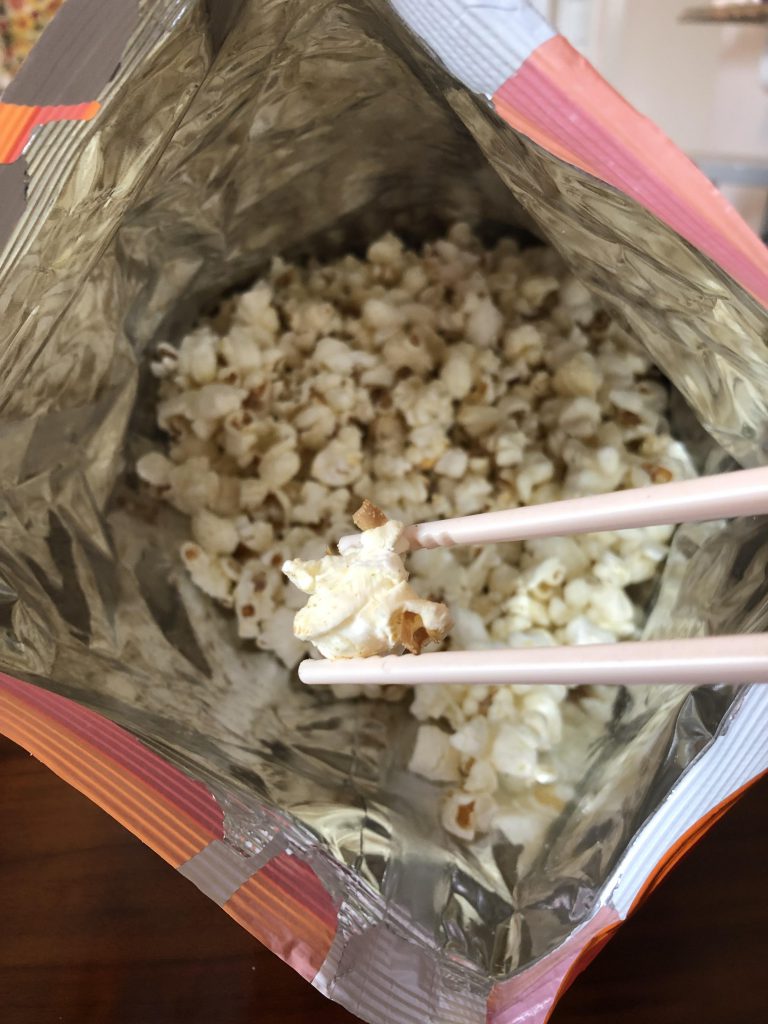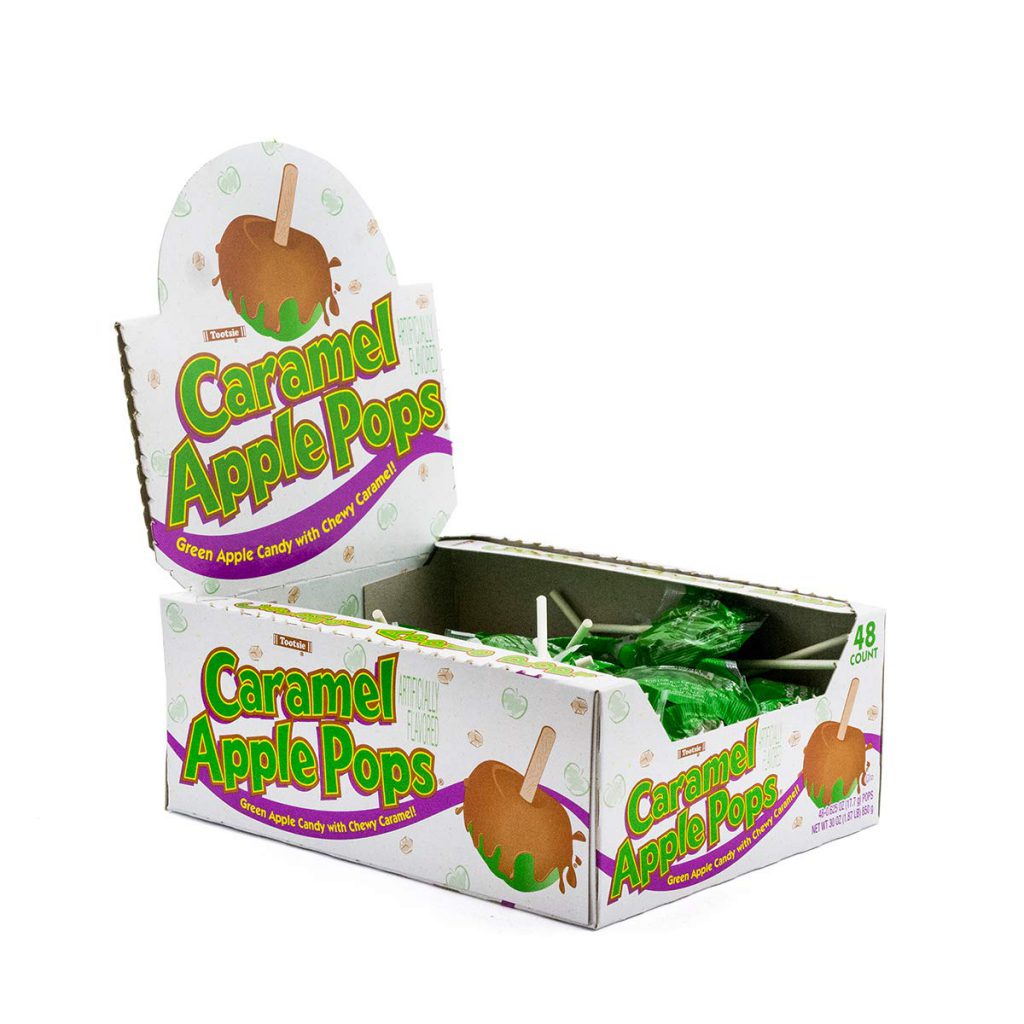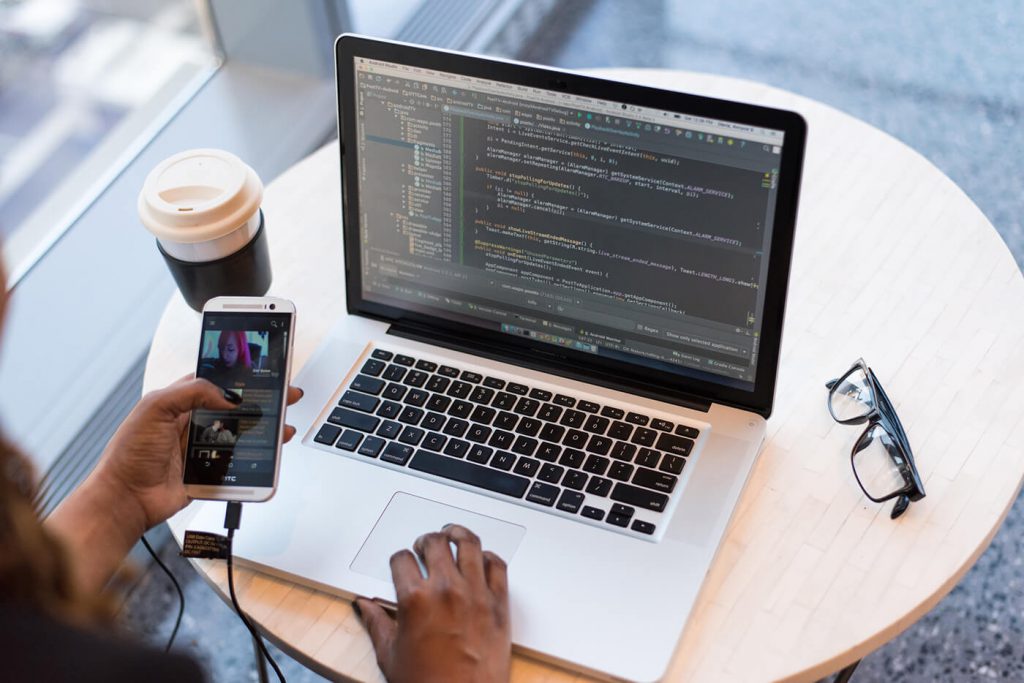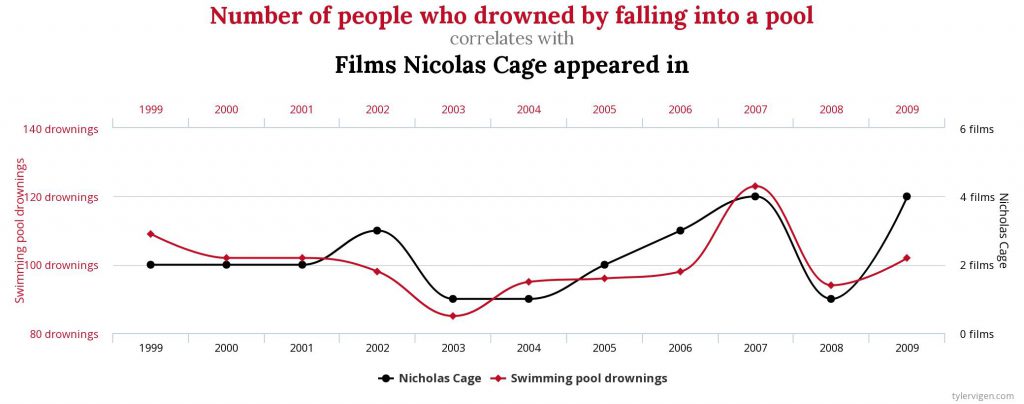Lab Activity: How Does Novelty Impact Food Enjoyment? (t-test for Independent Means/Samples)
In this activity (created by Dr. Eliane Boucher), students will participate in a simplified version of the first study conducted by O’Brien and Smith (2019). In this study, participants were instructed to eat a familiar food (popcorn) in a conventional or an unconventional way (with chopsticks). Participants then rated how enjoyable the food was (note […]





